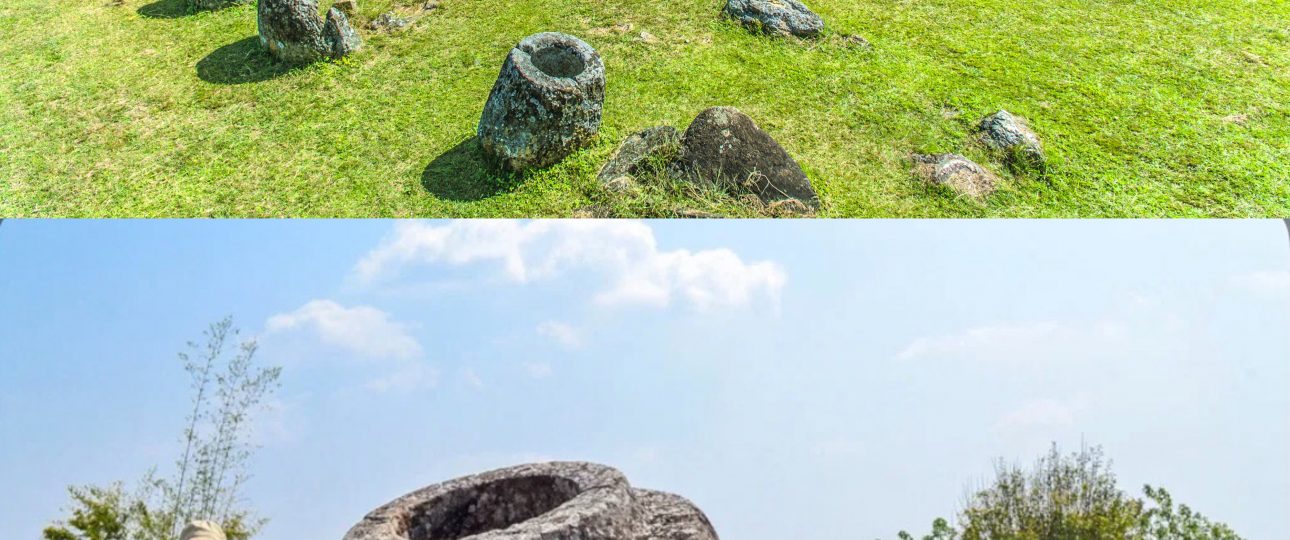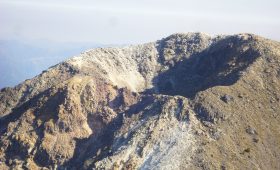The Enigma of the Plain of Jars
The Plain of Jars in Laos is a fascinating archaeological site, dotted with thousands of stone jars that date back over 2,000 years. Despite extensive research, the origins and purpose of these jars remain largely unknown. Some theories suggest they were used in burial rituals, possibly to store bodies before cremation. Excavations have revealed bones and cremated remains around the jars, supporting this hypothesis. The site also features a cave used for cremations, adding to its historical intrigue.
Historical Context
Unlike other ancient civilizations, little is known about the people who created the Plain of Jars. The area was heavily bombed during the Vietnam War, leaving behind a landscape marked by craters and remnants of conflict. Locals have ingeniously repurposed war debris into everyday items, such as spoons and building materials, creating a unique architectural style in the region.
Getting to the Plain of Jars
The nearest city to the Plain of Jars is Phonsavan, accessible by air or road. Lao Airlines offers flights from Vientiane, with increased frequency during peak tourist season. For those preferring road travel, buses and minibuses connect Phonsavan with Vientiane, Luang Prabang, and even cities in Vietnam. Be prepared for long journeys, as road conditions can be challenging.
Local Transportation
Once in Phonsavan, you can explore the Plain of Jars by renting a motorbike, bicycle, or car. Motorbikes are a popular choice, with rentals available for around 100,000 kip per day. Bicycles are also an option, especially for the 8-15 km ride to Jar Site 1. Guided tours are recommended for a deeper understanding of the sites, as local guides can offer valuable insights into the history and culture of the area.
Best Time to Visit
The ideal time to visit the Plain of Jars is during the dry season, from November to February, when the weather is cooler and more pleasant. However, this is also the peak tourist season, so expect larger crowds. For a quieter experience, consider visiting during the shoulder months of March to May or September to October.
Exploring the Sites
The Plain of Jars consists of multiple sites, each offering a unique glimpse into the past. Jar Site 1 is the most accessible and impressive, with an entrance fee of 35,000 kip. Sites 2 and 3 are also worth visiting, with entrance fees of 30,000 kip each. Be mindful of unexploded ordnance in the area and follow marked paths for safety.
Respecting the Artifacts
While exploring, it’s crucial to respect the ancient jars. Avoid touching or climbing on them to preserve their condition for future generations. Follow any guidelines provided by your guide or site staff.
Engaging with Local Culture
Visiting the Plain of Jars offers an opportunity to engage with the local culture. Interact with villagers in the surrounding areas to learn about their way of life and the region’s history. Local products, such as textiles and handicrafts, are available for purchase, providing a glimpse into the area’s rich cultural heritage.
The Plain of Jars is a destination that combines history, mystery, and culture. While the journey to get there may be long, the experience of exploring this enigmatic site is both rewarding and unforgettable.




